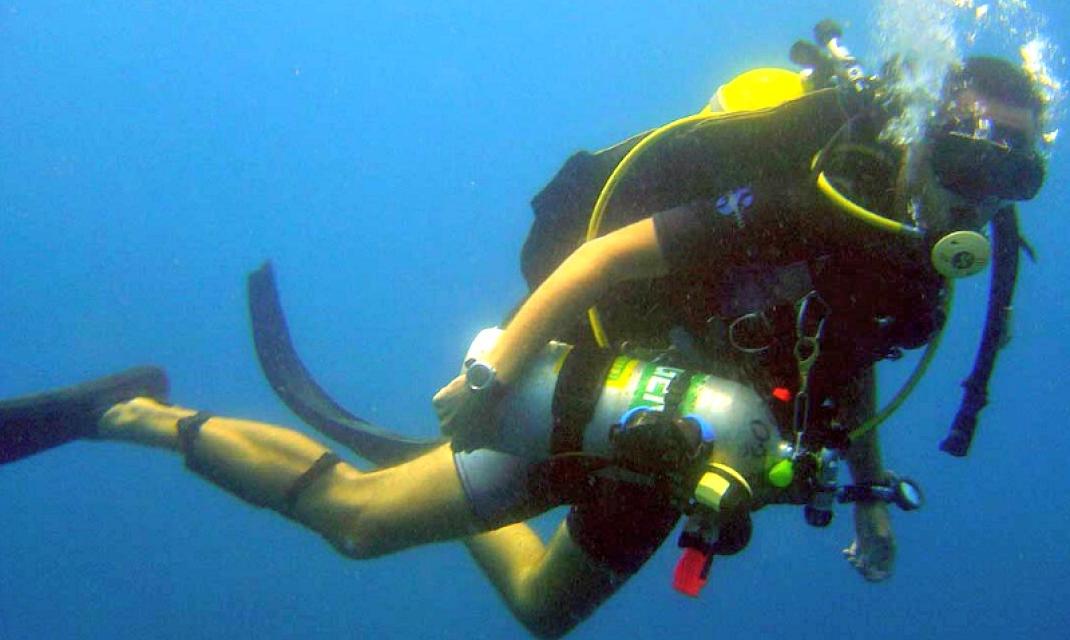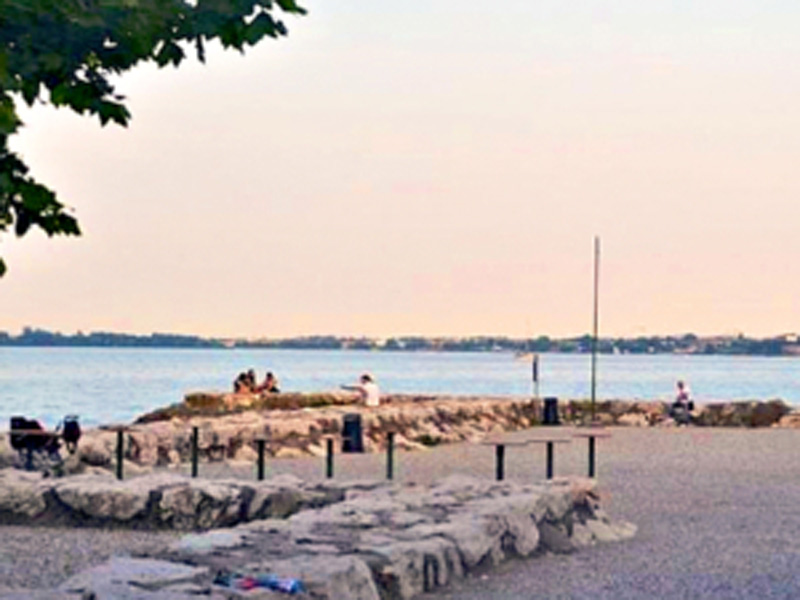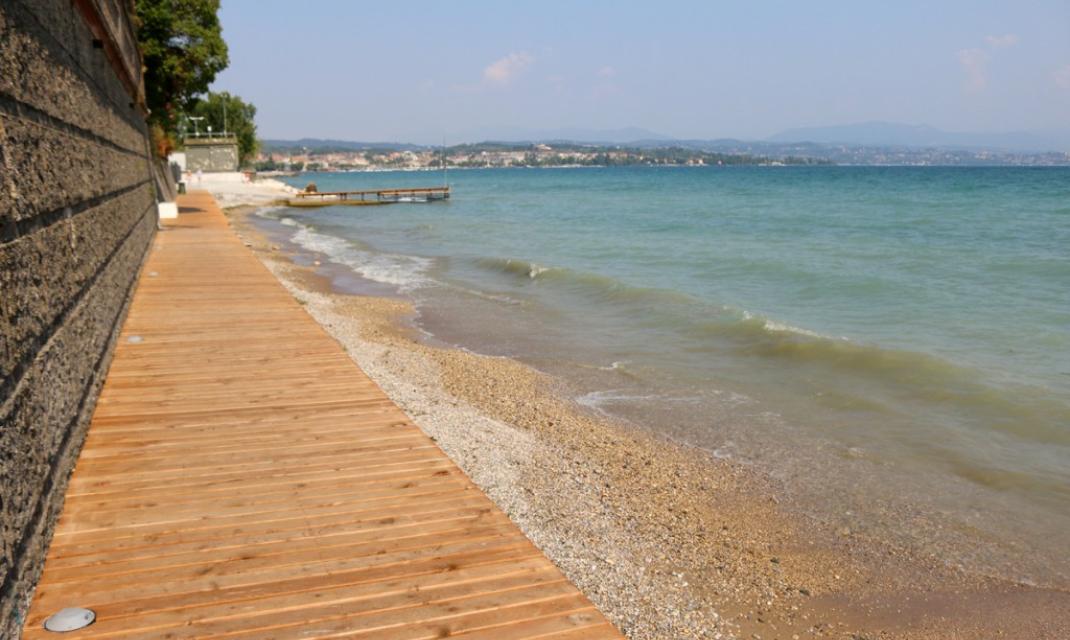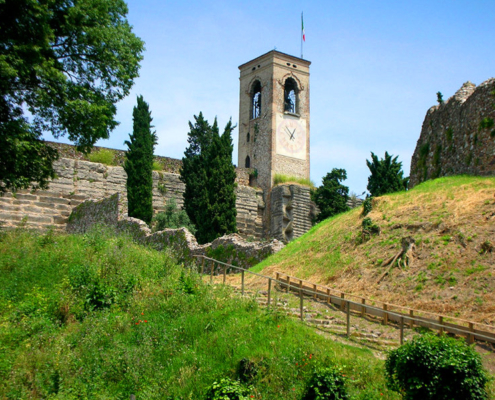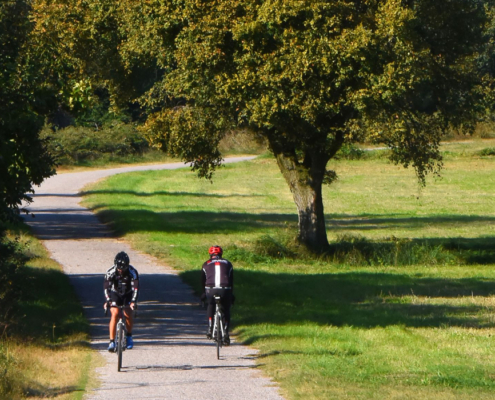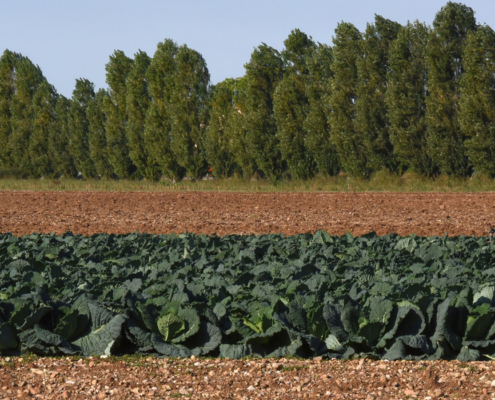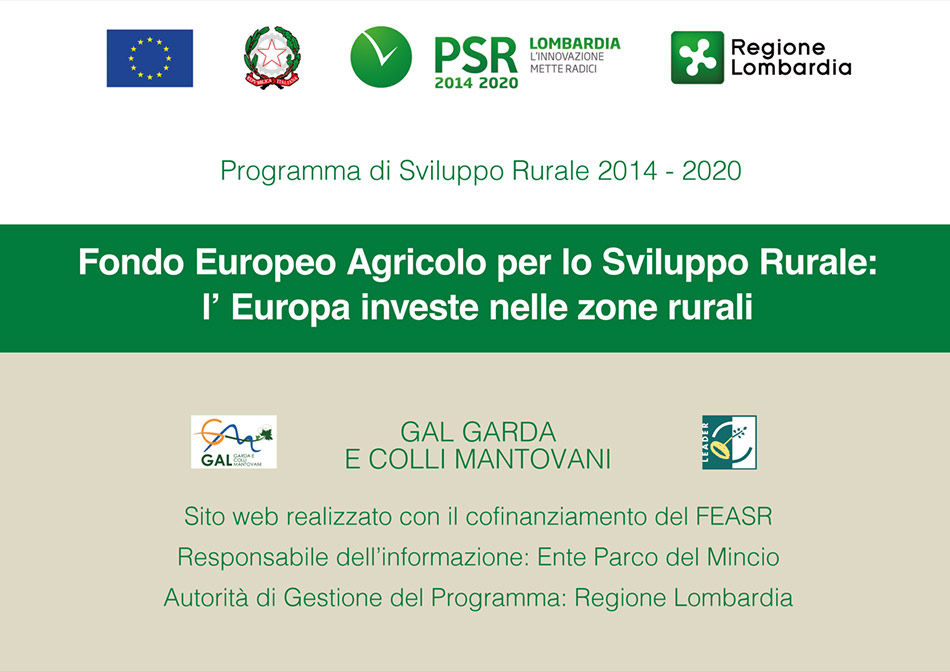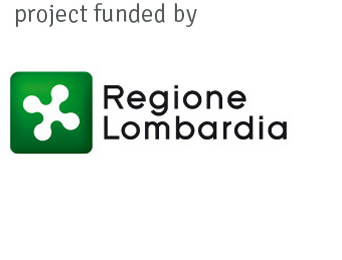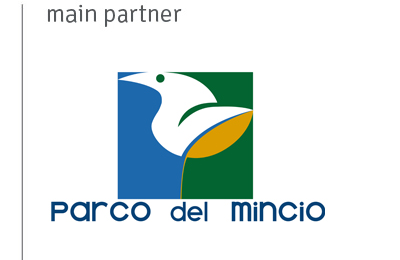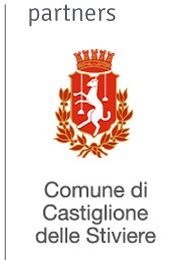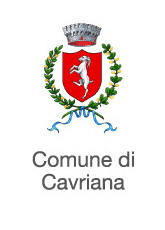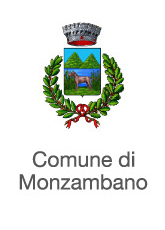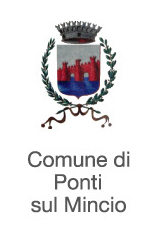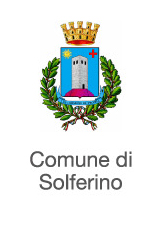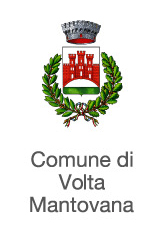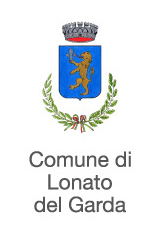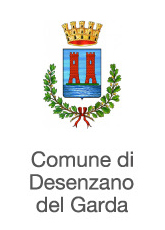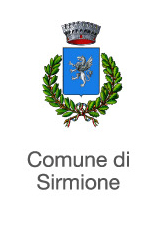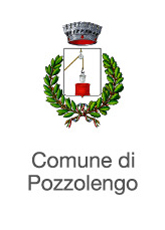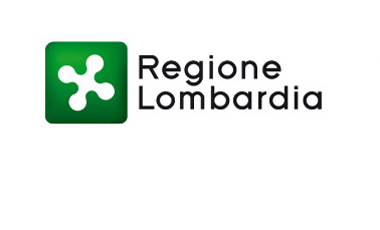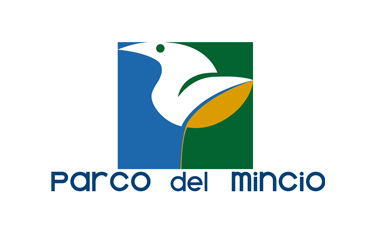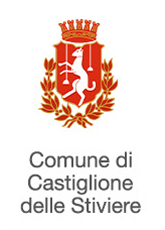![]()
Mincio Park
The Mincio Regional Park is one of the 24 parks in the Lombardy Region, and one of the first parks created in the regional territory. It was in fact established in 1984 and includes the territory of the 13 Lombard municipalities located along the Mincio, from Garda to the Po. The river has a length of approximately 73 km, exiting Garda at the town of Peschiera del Garda (VR), enters the Mantua territory after a few kilometres, at Ponti sul Mincio and flows into the Po at Sacchetta di Sustinente. It crosses the reliefs of the morainic hills of Garda dotted with fortified villages and develops along the Po Valley until it ends in the great river. It is administered by the Mincio Park, a regional public body, and has an area of 15,942 hectares. It includes within it Nature Reserves and sites of the European Natura 2000 Network: the Valli del Mincio Nature Reserve SCI and SPA (between the hamlets of Grazie, Rivalta and Soave, north of Mantua), the Vallazza Nature Reserve SCI and SPA (about 500 hectares south of Mantua downstream of Lake Inferiore and in the hamlet of Pietole di Virgilio); the SIC Chiavica del Moro (just 25 hectares), a rare oxbow lake of the Mincio between the Bianco canal and the river in the lower course of the Mincio between Formigosa and Governolo. In the Park there is also the Bosco Fontana State Reserve: 230 hectares of evidence of the ancient lowland forest, managed by the State Forestry Corps. In the upper Mincio the Park is the managing body of the Castellaro Lagusello Nature Reserve: 209 hectares in the municipalities of Cavriana and Monzambano. The Park has set up some information or use spaces in the area. Among the best known are the Bertone Park Center in Goito where there is also an active White Stork Reintroduction Center and the Rivalta sul Mincio Park Center and Ethnographic Museum of River Crafts, in Rivalta sul Mincio overlooking the endless expanse of reeds and sedges that form the Mincio Valleys Nature Reserve. In Castellaro Lagusello, in the ground floor of the bell tower, the permanent exhibition “A medieval village in a cradle of nature” is set up which describes the landscape and naturalistic aspects and emergencies of the area.
Good to know


